Photo: Community BBQ; Celebration held during The Foundation’s Centennial Neighbourhood Project. |
The Foundation began the new millennium from a new vantage point – the 13th floor of the Richardson Building. In June 2000, The Foundation moved into offices that occupied about half the floor; it remains there to this day but after multiple expansions, now takes up the entire floor.
That same year, The Foundation’s brand-new Youth in Philanthropy (YiP) program, which had been established in 1999, issued its first 56 grants. YiP inspires young people to get involved with grantmaking and philanthropy; learn more – The future of philanthropy.
The year 2000 was also successful in terms of grants issued and total assets. That year, more than $8.2 million in grants was distributed – an amount which had doubled in the past seven years and more than tripled in the past 14 – and assets were valued at more than $175 million. By 2009, grants issued had grown to $21 million and assets were at $467 million. However, that growth was impacted by two major challenges.
The terrorist attacks of 9/11 had a huge impact on the world, including financial markets. With a fiscal year end of Oct. 31, 2001, there was little time for the markets to recover and The Foundation reported an annual return of -3.1 per cent. This was an enormous contrast from 2000 returns, which were 19.8 per cent. However, these challenging returns were offset by two large gifts received in 2001: $10 million from Israel Asper, and $100 million from the Moffat family. Read more – Working together for greater impact.
In 2008, the most serious stock-market downturn since the Great Depression again took a toll on The Foundation’s assets, reducing market value from $447 million to $419 million, despite new gifts of more than $25 million. The full effect of the economic situation was not reflected in The Foundation’s granting, however, which that year exceeded $20 million. However, the 2008 recession triggered a change in The Foundation’s long-standing spending rate, which in 2009 dropped below 5 per cent of average market value for the first time.
Despite these two large challenges, The Foundation’s activities in the 2000s were immense.
In 2002, The Foundation launched its first-ever website. It marked its 80th anniversary with a special, two-year Post-Secondary Grants program, supporting more than 100 special projects for individual faculties. In 2002 total cumulative grants surpassed $100 million; the grant which marked this milestone was a $20,000 distribution to Manitoba Children’s Museum. Just six years later, in 2008, cumulative grants issued would double to $200 million.
The 2000s were also the time when The Foundation began to initiate leadership projects in the form of funds. In 2003, The Foundation launched its Literacy for Life Fund, a small grants program that supports family literacy in libraries and community centres across the province. A partnership with Literacy Partners of Manitoba and the Winnipeg Public Library, it received generous matching support from the National Literacy Secretariat. Literacy for Life continues to be a successful program to this day. Read more – It takes a village to build a lifelong love of reading.
Also in 2003, The Foundation launched the Centennial Neighbourhood Project, a five-year, $3 million initiative to revitalize one of Winnipeg’s most economically challenged neighbourhoods. The multi-faceted project built strong partnerships and created tangible impact in the areas of education, safety and housing. See more – “Education is the ticket out of poverty”.
In 2004, The Foundation made the largest grant in its history – $6 million to the Canadian Museum for Human Rights, payable over 10 years.
To encourage Winnipeggers to consider making charitable bequests in their estate plans, Will Week was launched in 2004. The initiative is in partnership with the Manitoba Bar Association and the provincial Office of the Public Guardian and Trustee.
The Foundation’s Downtown Green Spaces Strategy was launched in 2008. This investment in public amenities, which was initially proposed to last for five years and total $3 million, proved so successful it has continued to this day. Highlights of projects supported include the Upper Fort Garry Gate historic site, upgrades to Central Park and Old Market Square, and initiatives at Old St. Boniface City Hall. Learn more about other projects supported through the Downtown Green Spaces Strategy – Transforming the heart of our city.
In 2009, The Foundation launched its Legacy Circle, to recognize donors who have planned future gifts. Learn more – Celebrating gifts made through a Will or estate.


